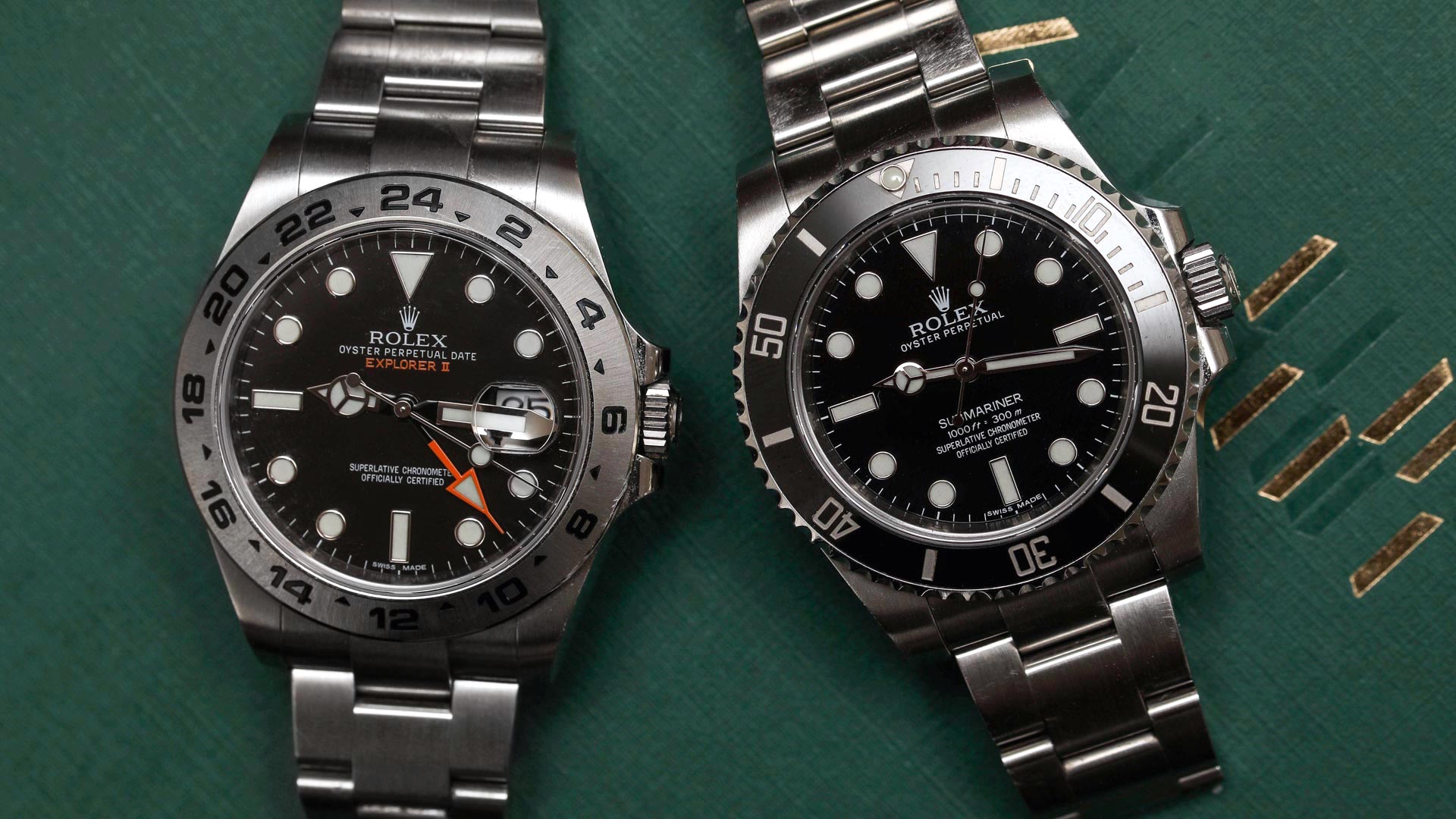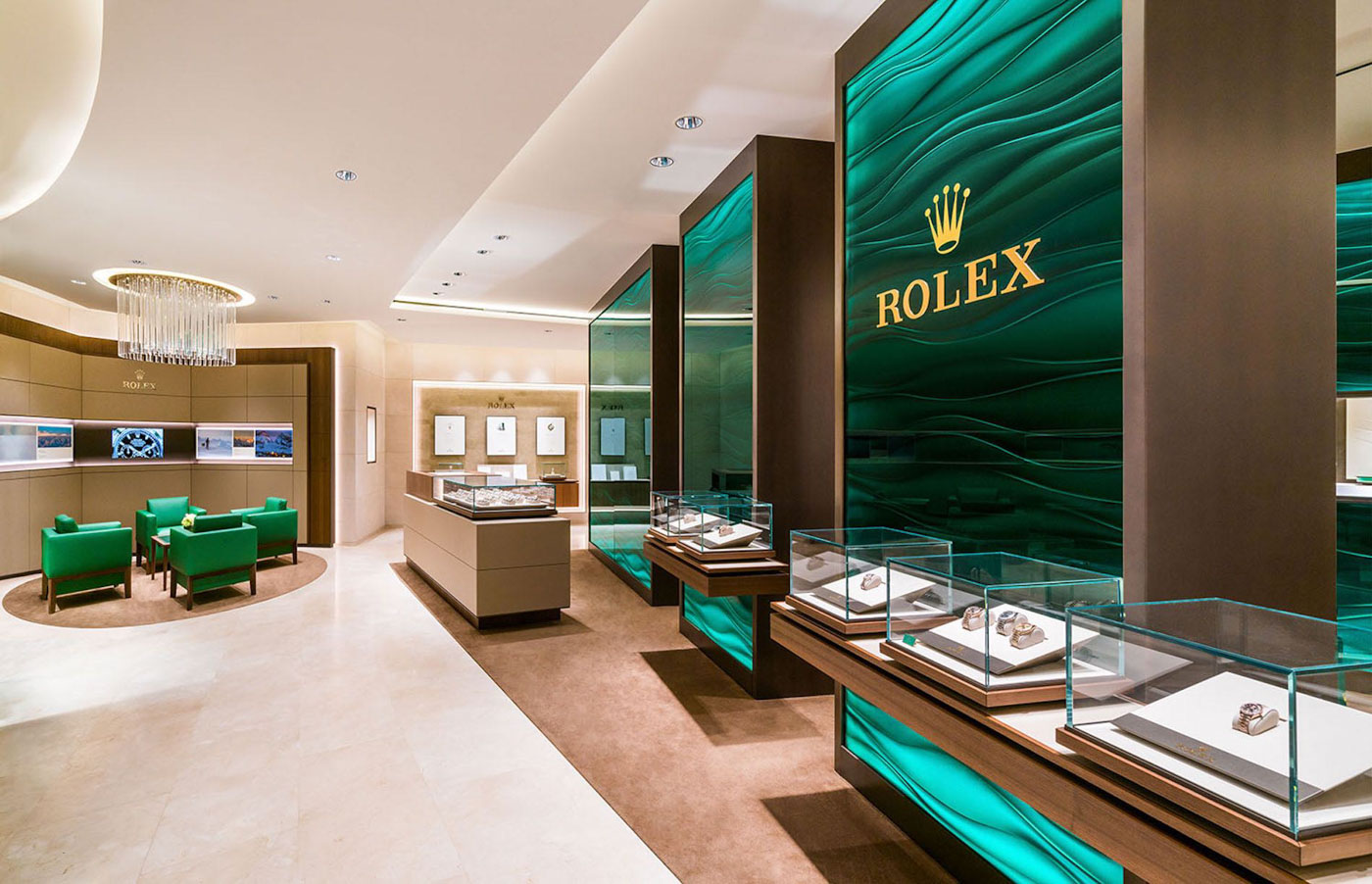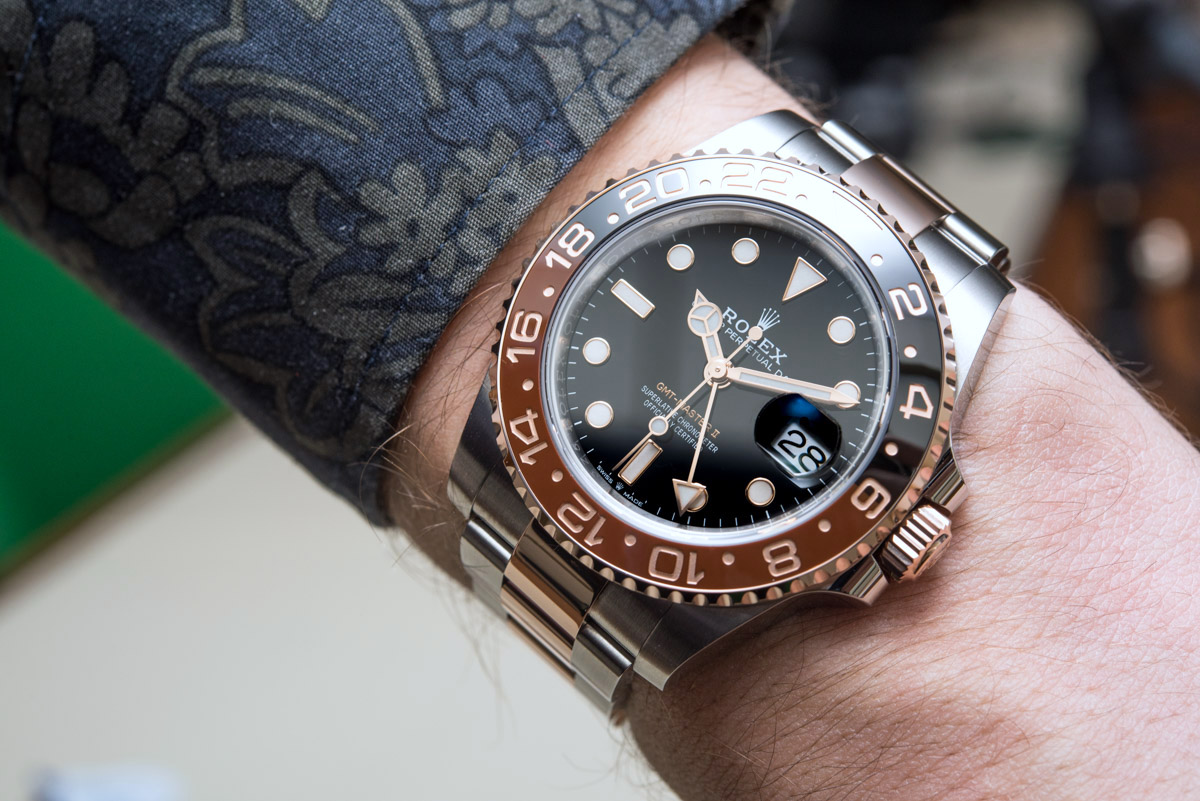
As I continue to look at the biggest challenges facing the wristwatch industry today, I often come to the topic of marketing and consumer demand. In this article, I turn my attention to an analysis of the emotions involved when a consumer purchases a timepiece. Why does someone want a timepiece in the first place, and what needs to happen for a consumer to justify spending money on a non-utilitarian (these days) object?
My discussion revolves around the fact that Rolex is probably responsible for more than its fair share of traditional-watch-demand creation. Perhaps so much so that, without Rolex creating demand for, and awareness about, luxury watches, most other watch companies would never be able to find enough interested customers — despite the inherent value or originality of their products. Rolex may very well be the engine that creates global demand for luxury watches, and that larger demand naturally creates niches for non-Rolex makers of luxury watch products.
Rolex is not a bad actor here, nor do I claim that Rolex is the subject of any untoward scrutiny. Quite the contrary, more players in the watch industry should be aware of the role the brand plays in ensuring that there is a luxury watch market, to begin with. This is not to say that Rolex is responsible for the desirability of watches — of course not. But without the market size and accompanying industrial base that exists for the watch industry today, many products we take for granted would not be capable of being produced at all. And Rolex provides this base.
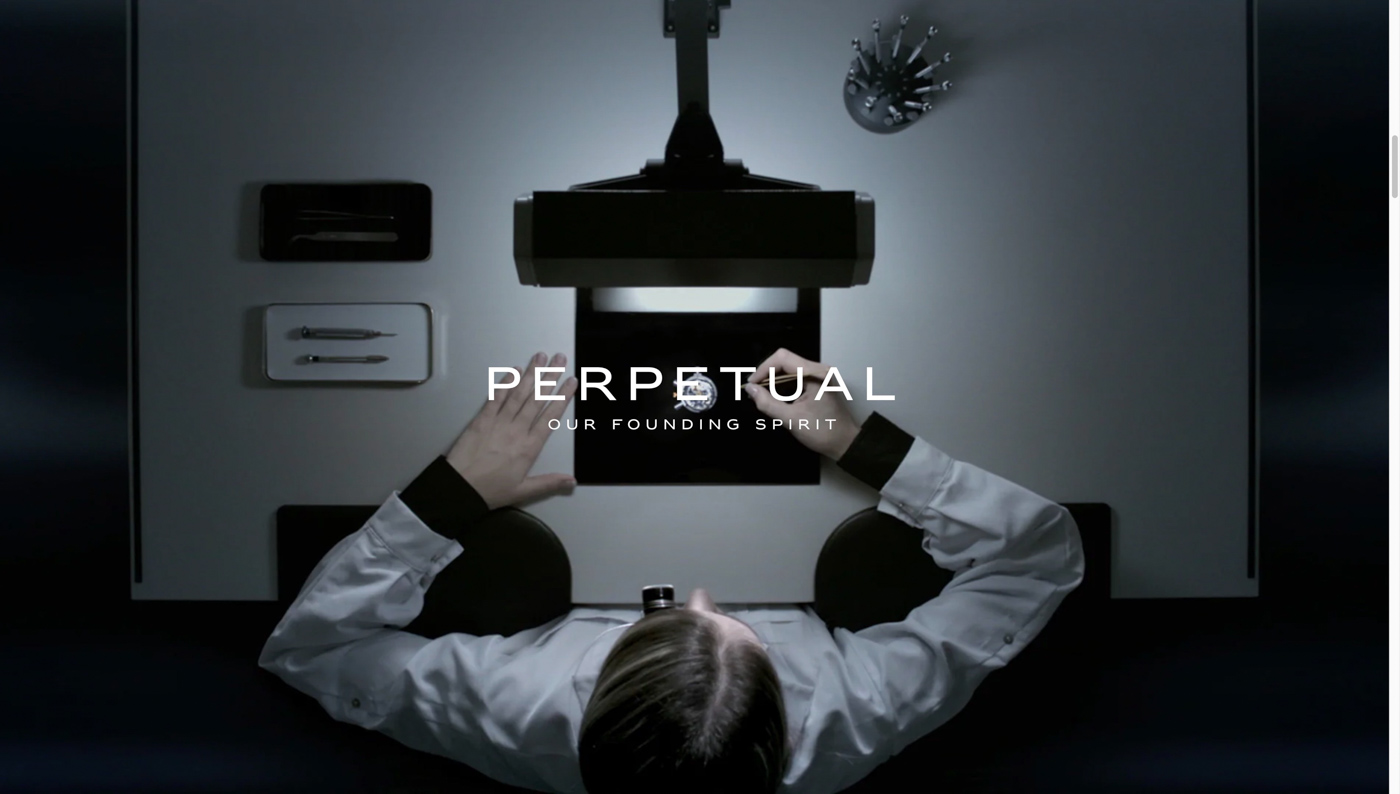
A Peek Into Rolex & Its Market Role
Geneva-based Rolex is a shy company despite its more than 100-year history and its status as the world’s most reputable luxury company. It also happens to be today’s most successful company that sells traditional watches, outpaced only by Apple’s smartwatch when it comes to sheer profitability in the wristwatch category. Rolex also operates very differently as a corporate structure from most other watchmakers. That said, I wish to suggest that the entire traditional (non-smartwatch) watch industry is entirely reliant on Rolex being here — or at least a company like Rolex. Why? In short, because without Rolex, there simply wouldn’t be a demand for traditional watches in this day and age. After visiting Rolex a few years back, I wrote about the most impressive things I learned about the brand.
Understanding what Rolex is, why they make the decisions they do, why they are so insistent on secrecy, and what they are actually providing to their customers takes some nuanced understanding and experience because it would be incorrect to suggest that Rolex’s success is based on its ability to make quality timepieces alone. Rolex is notoriously tight-lipped about everything from future plans to how many timepieces they produce per year. Not publicly traded, the company is privately run and is required to disclose very little about how it operates. Rolex (and sister brand Tudor) is run by a non-profit known as the Hans Wilsdorf Foundation, which is designed very specifically to create a sense of corporate stability. Rolex, as a business, is structured to maintain and preserve what it is, and it does so with the help of well-diversified holdings that only partially rely on timepiece sales. Rolex has, for example, a massive real estate holdings portfolio. Some argue that the company is so stable and well diversified that it could go years losing money on producing timepieces. This means that Rolex never acts as though they are in a rush, are loathe to make stability-threatening decisions, and are more about preserving something as opposed to building something. Try to imagine how such an internal culture and psychology can affect decision-making by Rolex’s large personnel team.
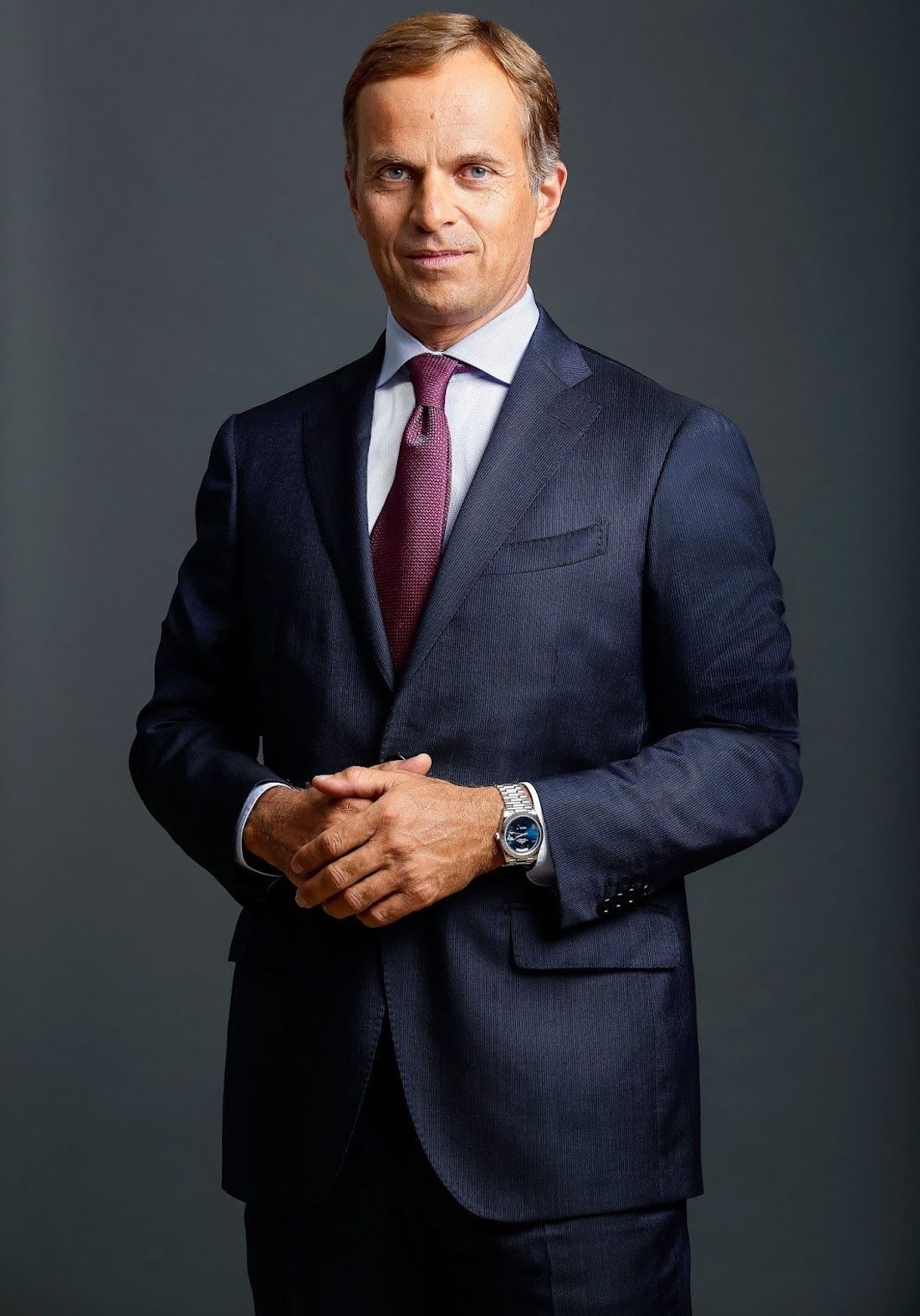
Following a relatively quick series of changes to the leading position at the company, Rolex has had Jean-Frédéric Dufour as its CEO since 2014.
One of the most challenging things to do at Rolex is getting a decision made. This is not only because of Switzerland’s culture of consensus (where lots of people need to agree before anything gets done) but also because there is more fear of messing something up than there is to grow the company or effectuate more sales. The company also has no official spokesperson or “face of the brand.” Rolex’s CEO — currently Jean-Frederic Dufour — hasn’t been heard from or spoken publicly in any serious way since he was appointed to the position several years ago. Rolex has designated communication personnel, as well as “testimonees” (brand ambassadors) who speak on behalf of the brand and provide statements and messages that are as carefully crafted and deliberate as might come from any political press secretary.
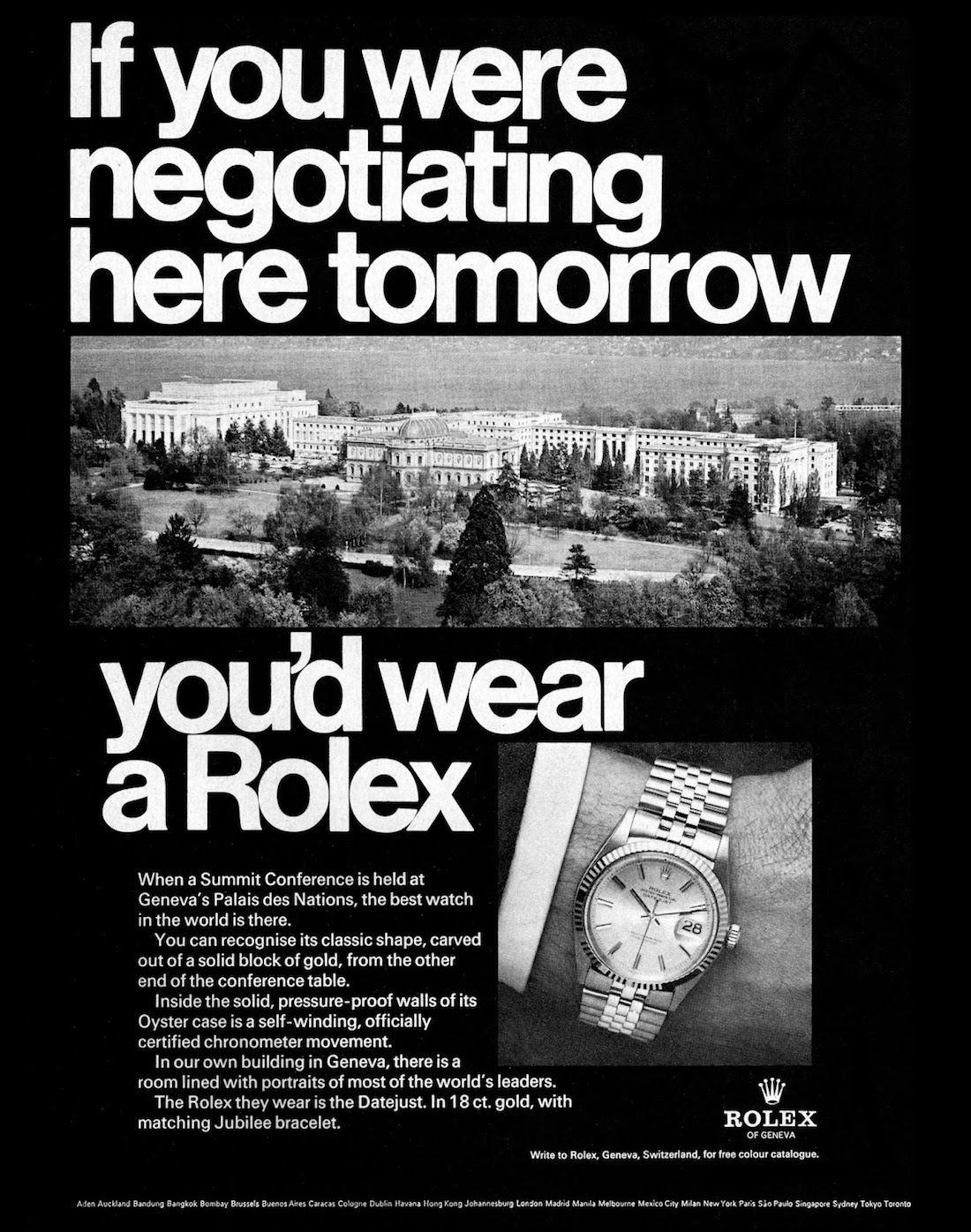
Where Rolex is not shy is in its advertising and marketing spending. Let’s call it their “investment in communication” regarding what Rolex is, who wears Rolex, and the many events and activities where Rolex watches and owners can be found. Rolex may have years and years of marketing momentum on their side, but they continue to heavily invest in spreading the Rolex name, a practice rarely repeated by the competition, despite how other watch companies regularly speak with envy about the marketing presence Rolex has. Many of Rolex’s competitors mistake how Rolex reached its position of market dominance when they investigate product appeal alone. Rolex is where it is through persistent and regular marketing efforts and spending. The brand effectively communicates all the compelling reasons for mass audiences to either want to own a luxury watch or to understand how to identify the messaging value of a luxury watch on another wearer’s wrist. Rolex is not only making people want to wear luxury watches, but it is also educating a mass consumer group about how they should interpret what it means for another person to wear a luxury watch.
Selling Watches In An Era When Nobody Needs Watches
One major crux of my argument is that wristwatches today do not function as utilitarian items, so this consideration does not influence consumers’ decisions about which watches to buy. Rather, watches are desired and obtained because wearing them offers special communication power to the wearer, sending (ideally) positive messages to particular onlookers or demographic groups that may view the watches being worn.
Let’s unpack that statement a bit. Wristwatches are, at their heart, a wearable means of telling the time. When watches became popular, it was a challenge to know the time when you were away from a clock. A wristwatch served as a tool because being able to know the time with accuracy allowed people to better function in society; one could reach meetings on time, as well as catch scheduled forms of public transportation. Starting in the 1990s, technology and other consumer products offered means of conveniently knowing the time without needing a wristwatch. A mobile phone is a good example. While a wristwatch may, arguably, prove more convenient when it comes to glancing at the time than a mobile phone, most consumers tend to be very practical. So, if one device makes another redundant, consumers are likely to reduce the number of devices they carry. So, if your wristwatch and phone tell the time, and your goal is to simply know the time, the mobile phone will win because the consumer uses it for other needs and because the wristwatch as a time-telling piece of equipment has become redundant for many users.
But something funny happens when people wear a wristwatch today when the object is not solely responsible for telling the current time. Even though wristwatches aren’t purchased for their ability to tell the time, in many instances wearers will stop wearing timepieces that aren’t easy to read or that don’t tell accurate time. From such observations, my takeaway message is that, once a wearer chooses to wear a wristwatch, in most instances they do start using it for its “original” intended purpose, even if they don’t rely on it for that purpose. This phenomenon helps explain why watch owners prefer particular watches over others, and it provides important context for understanding much of the discourse that occurs among watch enthusiasts. In reality, most watch collectors are convinced they are buying watches as tools, even if the primary value of a timepiece today is communicative versus utilitarian.
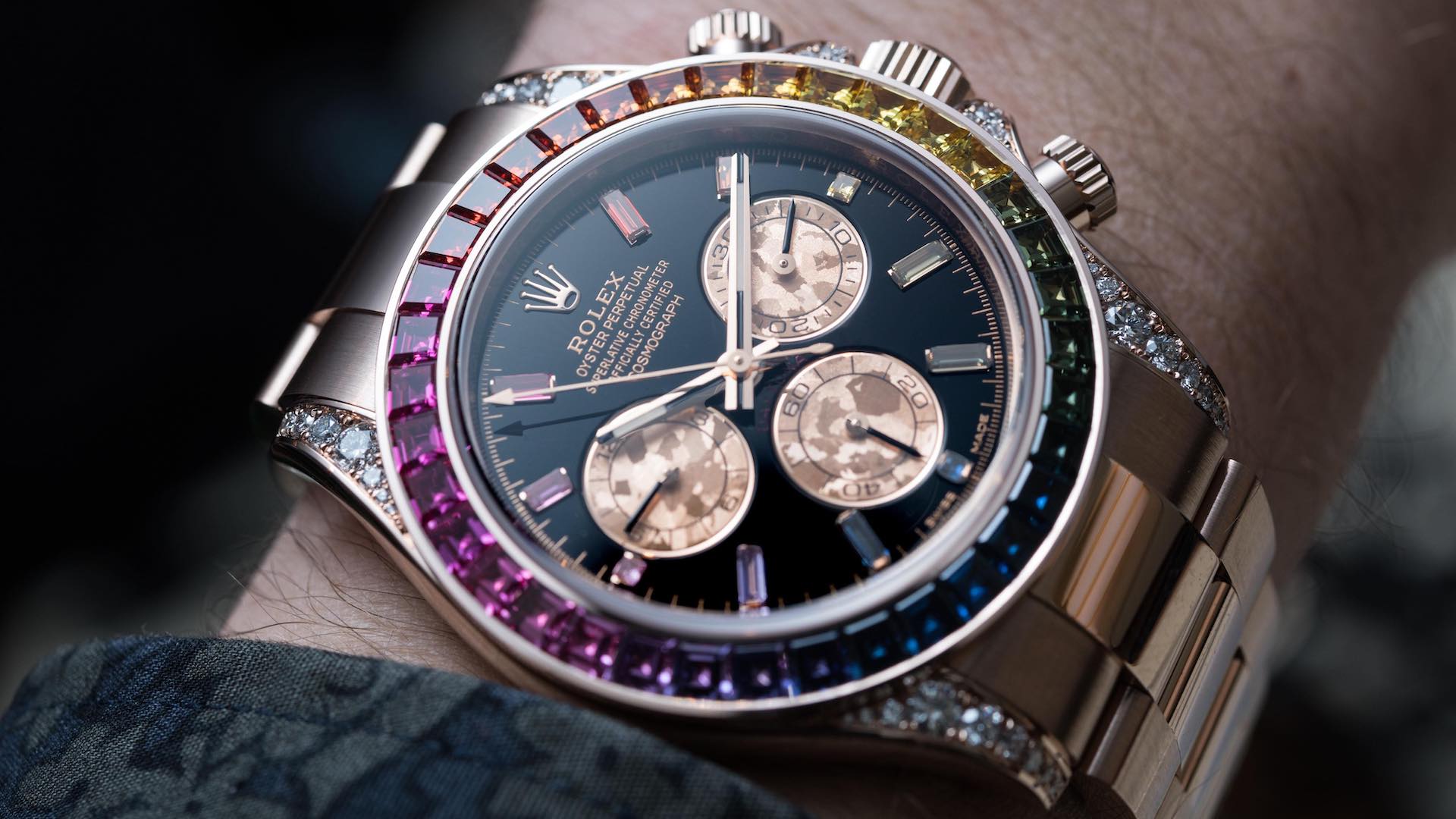
A Timepiece As A Wearable Sign Of Success
If a wristwatch isn’t mainly purchased for its utility, then why do consumers spend money on them? I’ve had many discussions about the psychology of purchasing a luxury item such as a wristwatch and will focus on a simple notion for the purposes of this conversation. I posit that the vast majority of timepieces are purchased in order to communicate wealth, status, and the taste of the wearer. In the context of Rolex, the brand is selling items that, when worn, are designed to project success on the wearer.
If you dissect Rolex marketing materials going back decades, a clear message begins to emerge: Rolex watches are worn by people who have taken risks and succeeded, and a Rolex watch is a wise thing to purchase, once you yourself have achieved success. In other words, despite the functional nature of Rolex timepieces, they are jewelry items worn for their messaging value. The operative message communicated by a Rolex is really about the status and lifestyle of success more than it is purely about showing wealth. Even if a demonstration of wealth is a side effect of wearing a Rolex (mostly related to the cost of the goods and the presence of precious materials in the construction of the item), the message Rolex continues to carefully push is related to success and achievement, not overall wealth and resource accumulation.

Rolex would never describe its goods as jewelry items but, in most ways, they are. Jewelry is entirely about communicative value as a function of design. Consider that the exact same necklace design in steel or in gold has a completely different messaging value — despite the object’s other design aesthetics. Most Rolex watches prominently feature gold, and many Rolex watches have cases and bracelets entirely produced from gold and, further, are decorated with precious stones, such as diamonds. Even Rolex’s non-precious metal watches are tied to desirable lifestyle attributes. If you are wearing a steel Rolex “Professional” watch, the idea is that you are wealthy enough to enjoy leisure pursuits but perhaps aren’t interested in wearing a gold watch while swimming, driving, racing, boating, etc.
None of these values has anything to do with a watch as a functional item, even though a huge part of the watch industry’s messaging value is about a watch’s functional abilities. This is where most other watch brands get it wrong — by missing the point that selling a watch is about selling the message wearing it sends, and not about what the watch itself actually does. Watches can communicate something powerful about the wearer; without messaging power, there would be a vastly smaller market for most wristwatches.

Riding Under The Rolex Umbrella Of Timepiece Appeal
Rolex acts as a global demand engine for luxury watches. Its constant sponsorship of events, advertising spending, ambassador support, and clock-placing are activities that communicate to large portions of the population what luxury watches are for and at least one company that makes them.
The question the reader has to ask is: Why do we look at the watches being worn on other people’s wrists? We are looking for familiar watches we know something about so that we can make judgments about the wearer. Each person must first develop a relationship with that object. In an over-simplified sense, for a watch to make its wearer seem wealthy, the person seeing that watch must first be aware that such watches are expensive, to begin with, and thus only worn by people who have money.

Alejandro Gonzáles Iñárritu, world-renowned movie director and Rolex Testimonee. He is wearing the Oyster Perpetual GMT-Master II.
Rolex performs the above task with little help from other brands. In fact, what sets Rolex apart from its competitors is that they are not selling watches in their ads, they are selling success trophies. So their advertising message is a literal expression of “here is someone doing something successfully. They wear a Rolex. Successful people wear Rolex.” The watch itself is of secondary value to its function as a success trophy. Read more about the interesting role watches play as status trophies for their wearers.
The “Rolex Umbrella” illustrates how Rolex creates this large demand for watches while under it there is room for others — which, in many ways, represents most other luxury watchmakers. Rolex enables other watch brands to exist simply because no other watch brand is as effective as Rolex in creating demand for luxury watches. It isn’t that all other watch brands are total marketing failures. Not at all. Instead, the accumulated activity of other watch brand marketing efforts still isn’t enough to create global demand for watches sufficient to sustain the industry at the size it is today. Once again, the point is that Rolex — by virtue of being Rolex — tangentially creates a global market for luxury timepieces.
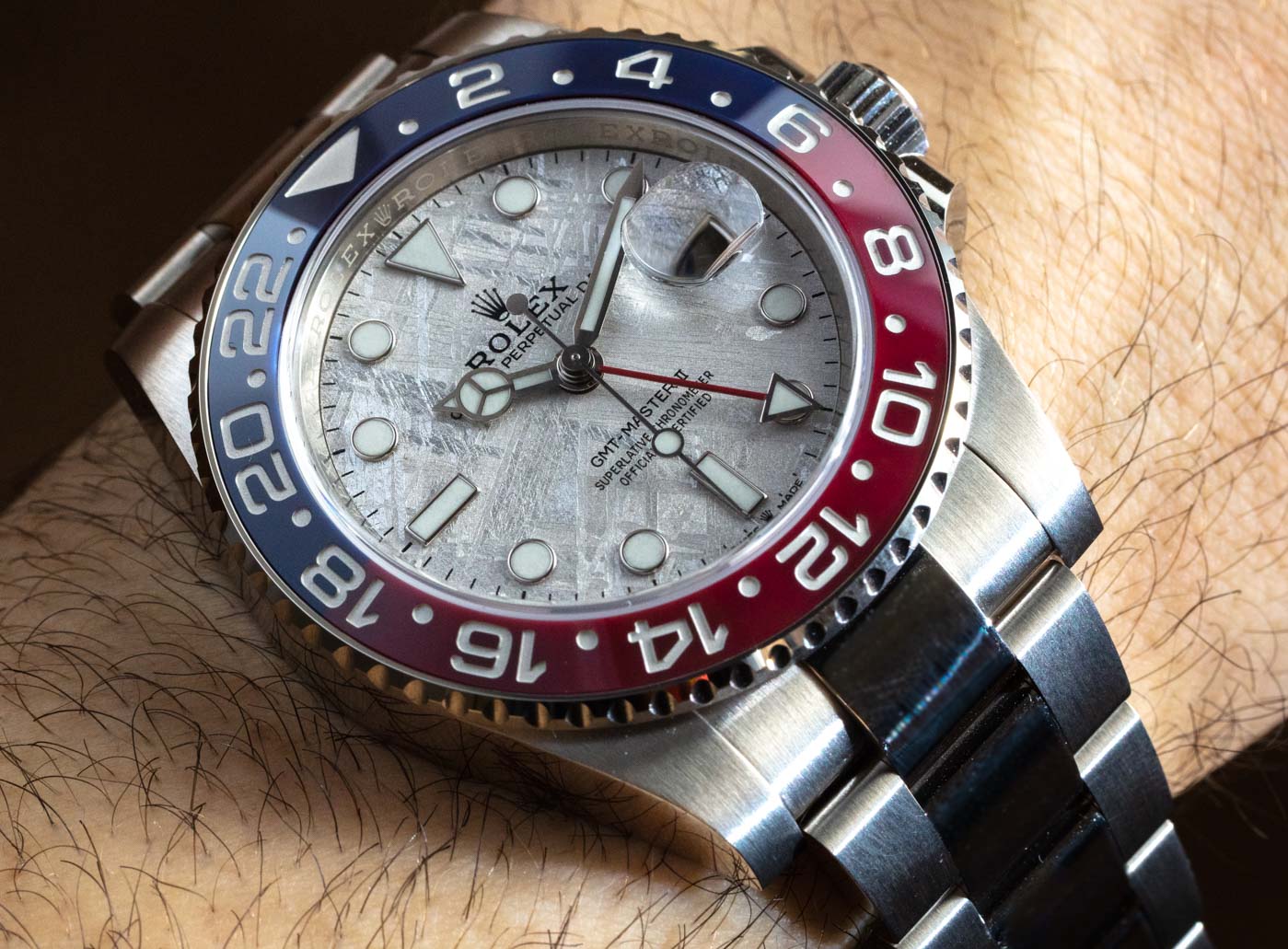
No Rolex, No Serious Demand For Luxury Status Watches
Rolex is just one of hundreds of watchmakers in operation today. How is it that just one company manages to create demand for all of them? At face value, my argument seems weak, until you consider the effort it takes to sustain the demand of a Veblen good, something you want but don’t need. Increasingly, people today are only purchasing watches as luxury symbolic goods, so there is no built-in demand for the product category itself. Rolex isn’t selling just timepieces; they are selling richly symbolic jewelry items that also happen to tell the time. We no longer live in a world where we need a standard watch, but we do live in a world where luxury watches provide an independent reason for consumers to want them, aside from their basic utilitarian purpose.
Consider cars as a counterpoint. Many people require a car, even if they don’t require a luxury car. People who prefer luxury cars are aware of such products because of an understanding that cars are useful items, and on top of that is a layer of communicative value to have high-end useful items such as luxury cars. Wristwatches no longer have as strong a built-in communal demand for the product category to begin with. This means that, without a demand-engine for luxury watches, there is a strong argument to be made that traditional watches, as a category, would not exist.
Status-creating luxury goods have been in demand since the time of the ancient Egyptians, where evidence suggests common people preferred fashion that signaled they were of the elite class (even if they were not). The demand for luxury goods is directly related to how people live in socialized societies where non-verbal communication cues are important. That said, timepieces are not luxury goods by default anymore (as discussed above) and so must be communicated as luxury goods prior to anyone choosing them as a valuable communication tool. This is where Rolex comes in.

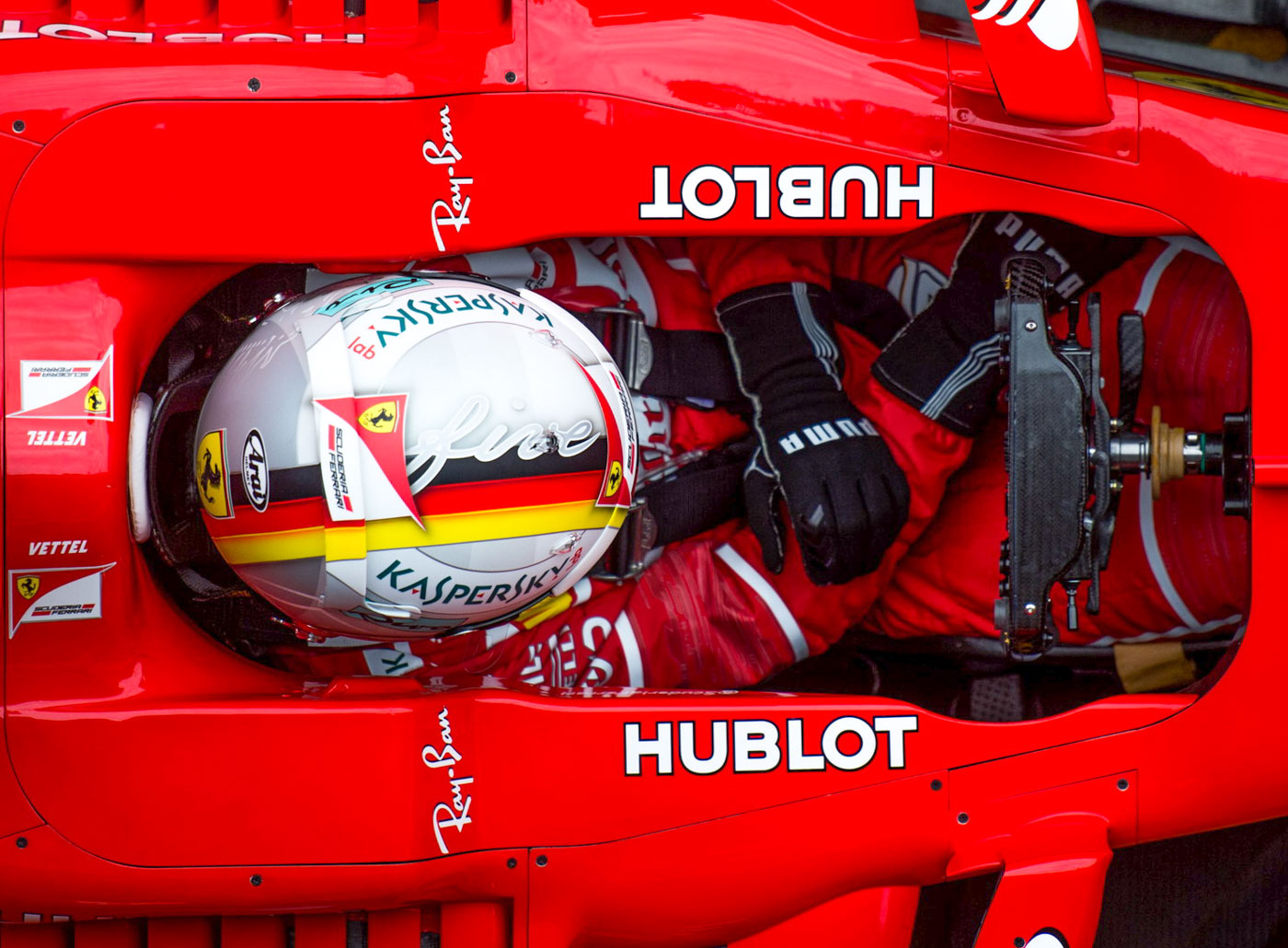
Two examples of watch brands getting their names out there, but not much else. Sources: Presswire and Price / XPB Images
Through its massive level of marketing and consumer-market penetration, Rolex, in my estimation, accounts for well more than half, if not close to 80%, of all the luxury-watch-demand marketing out there. The small number of other watch companies who seriously market globally (perhaps a dozen or so brands in total) do not reach Rolex’s level of investment or deep cultural involvement. Most of the time, when non-Rolex luxury watch brands seriously invest in marketing, it is exclusively to attach their name to a sporting or cultural event — as opposed to actually promoting the luxury watch category. I’ve personally seen countless instances of luxury watch marketing in which only the brand name is visible — without even a mention that they produce timepieces. Yes, technically, brands are marketing and getting their name out there, but are they in any way promoting the idea that a luxury watch is a desirable item and worth the expense? I would argue that 90 percent of the time, the answer is no. Marketing your name alone, without creating demand for your product category in the context of luxury watches, is a massive mistake.
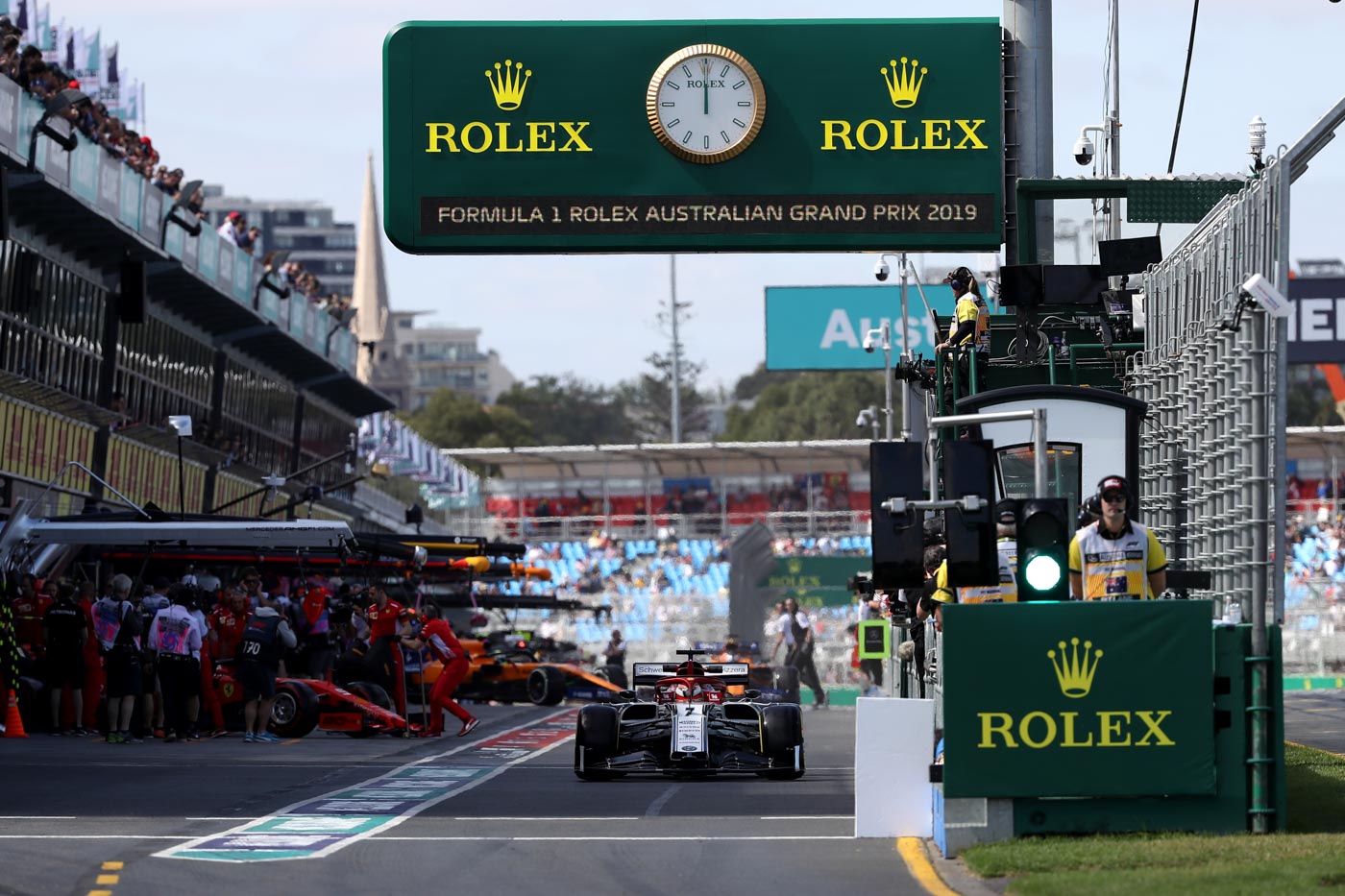
In global Formula 1 broadcasts, a close-up on the face of a Rolex clock is shown as it strikes the minute when a notable session of the event begins.
To summarize, I am saying that, because of the brand’s skill and level of investment in marketing, Rolex creates mass consumer demand, as well as awareness for luxury watches as status symbols, virtually in isolation. In addition to creating a market for Rolex products, Rolex marketing also reinforces the value and existence of the luxury watch product category. This category naturally has the capacity for many other non-Rolex brands to exist and satisfy consumer demand for wrist-worn status symbols. If Rolex were to stop marketing luxury watches, in general, then my theory is that the rest of the watch industry would face severe demand issues — even when taking into consideration the marketing efforts of other luxury watch brands.
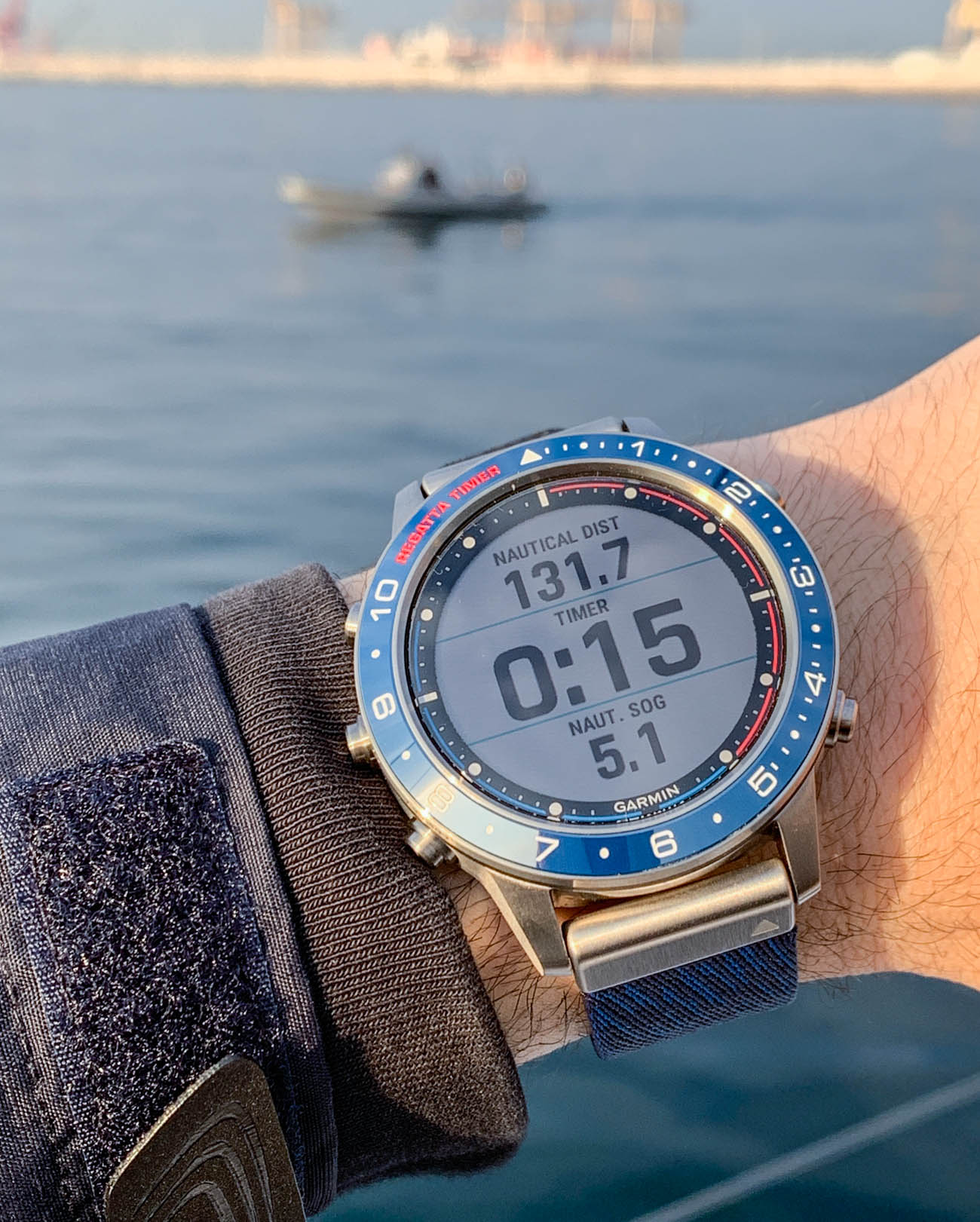
Does The Increasing Popularity Of Smartwatches Change Anything?
Let me quickly discuss smartwatches since they add an interesting wrinkle to this overall argument. In an age when smartwatches are increasingly on the wrists of consumers, doesn’t that weaken the argument that luxury watches do not have a non-luxury analog that helps create product category demand and thus a desire for status items in that category? If you are not a watch enthusiast, the line between traditional and smartwatches might be blurry. True, they both tell the time and inhabit the same place on the wrist. Smartwatches, however, do not (as of now) have the same communicative value as traditional watches because the majority are generic in design (no distinctive visual references to tell onlookers they might be more or less luxurious or even what they really say about the wearer), and because the category is still so new, it has yet to have a clear fashion or status message for wearers. So, it isn’t clear how much demand luxury watches gain from the increasing popularity of smartwatches. I did, however, discuss a very plausible scenario in which smartwatches can act as a gateway to luxury watches. This focuses on the idea that in a population with more and more smartwatches, there will be a high level of visual attention on people’s wrists. Such attention will give consumers the opportunity to consider luxury watches increasingly relevant because they are thinking about watches in general. What could weaken this, however, is the popularization of luxury smartwatches. If the luxury smartwatch category were to take off in earnest, it could have serious repercussions for global demand for traditional luxury watches because a luxury smartwatch would, in theory, have similar status-signaling effects.
Smartwatches, in many ways, have overtaken traditional watches as the true functional wristwatch of choice today. Meaning, if you simply want the convenience of a smartwatch along with its other modern features, you will look strictly at smartwatches and probably avoid traditional watches altogether. I am not sold, however, on the idea that such a reality will come to pass. Traditional watches have weathered a number of storms and the emotional value they offer above and beyond their mere utility has been demonstrated, time and time again. Watches don’t merely give their wearers the ability to know the time — they are also collectible, fashionable, communicative, nostalgic, personality-defining, and artistic. Given that these human emotional needs are not going anywhere, and because the smartwatch category would need to culturally catch up to traditional watches on these fronts, I am fairly certain that the smartwatch category will not negate the core appeal of traditional luxury watches anytime soon.
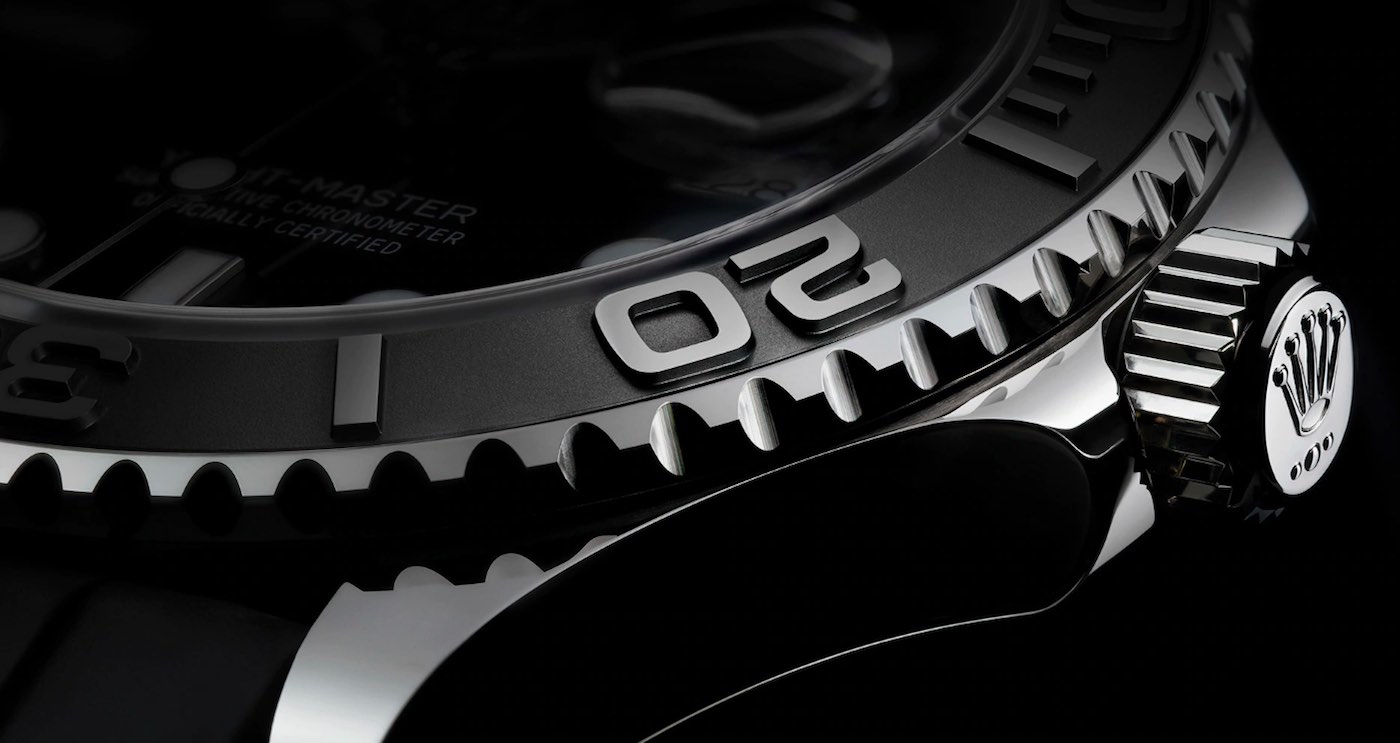
The takeaway message of this article is that the luxury watch industry’s demand engine is incredibly fragile and almost entirely maintained by the efforts of one company: Rolex. Other traditional watchmakers enjoy a market for luxury watches that is, in large part, created by Rolex, selling to consumers on the penumbra of Rolex timepiece appeal who wish for something novel or merely a more niche alternative. Rolex should be lauded for its efforts, but it does not directly do anything to actually help the market for watches outside of creating demand for timepieces and legitimating the luxury timepiece as a jewelry-style wearable status symbol. All other watch brands should be on notice that, despite how well they think of themselves and their brand appeal, their market size would immediately shrink without a big, sophisticated player like Rolex there to sow demand for the timepiece category in the first place.

